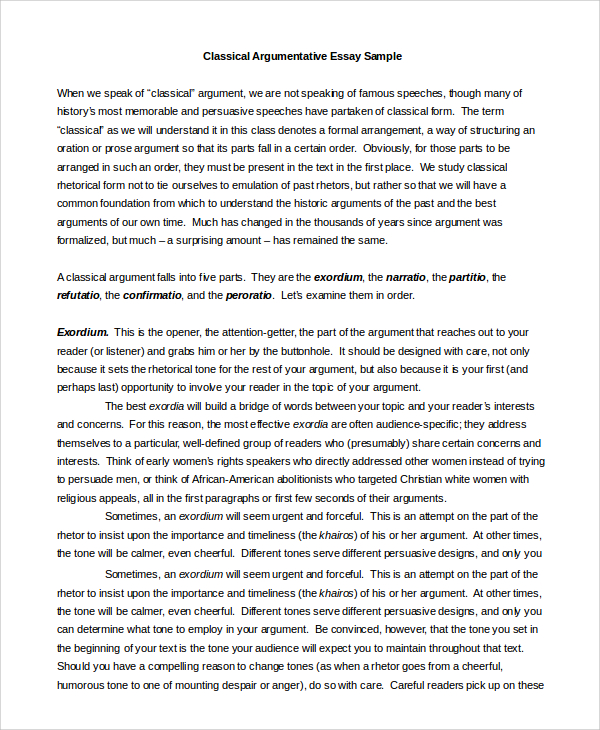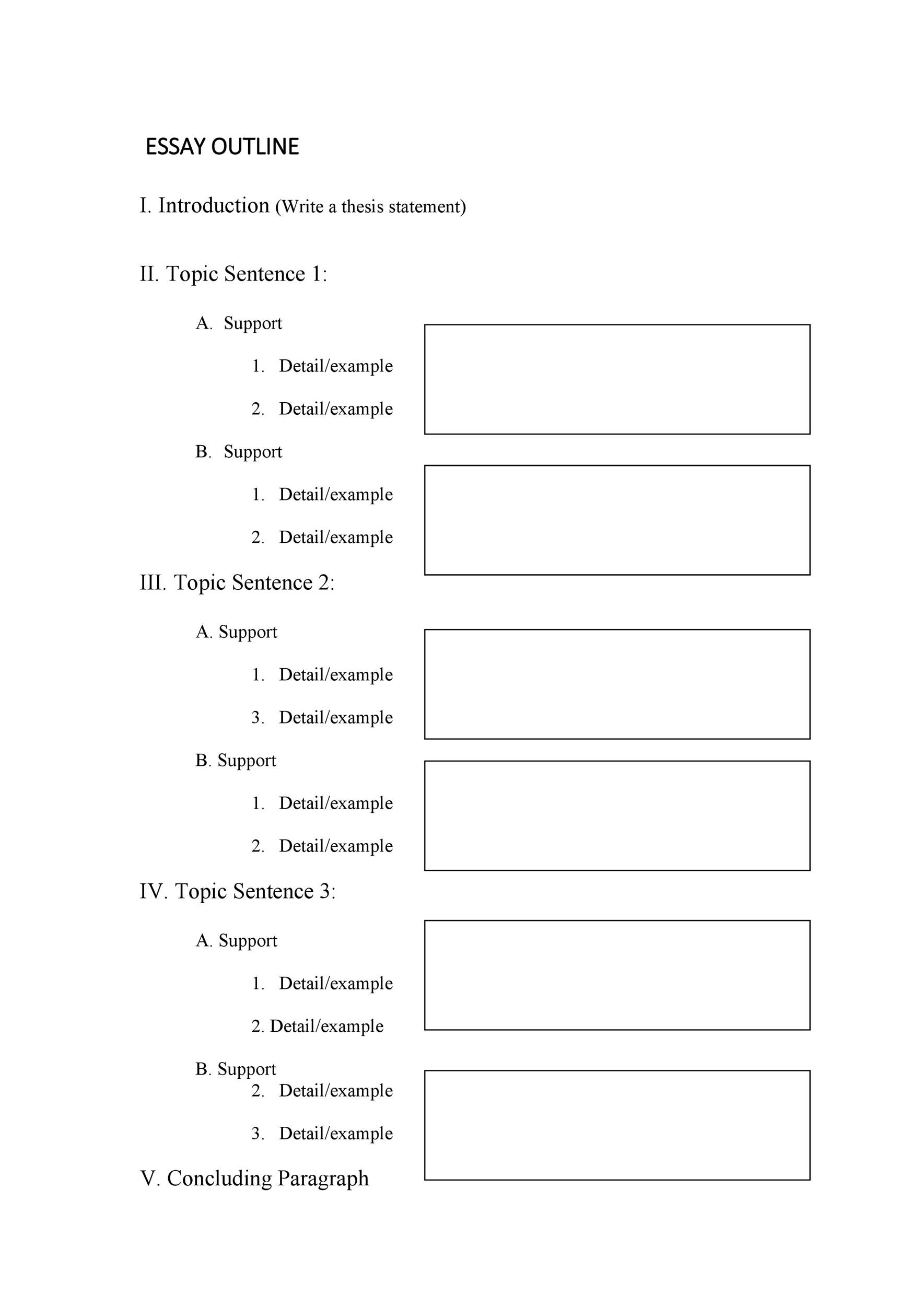

The design reconceptualizes prototypical and stereo-typical argument patterns for characterizing large-scale argumentation.

The design premises for the macroscope build on insights about argument patterns from pragma-dialectical theory by incorporating research and theory on disagreement management and the Argu-mentum Model of Topics. The design incorporates a two-tier methodology for detecting argument patterns of the arguments performed in arguing by an interactive collective that produces views, or topographies, of the ways that issues are generated in the making and defending of standpoints. The macroscope addresses broader analytic problems posed by various conceptualizations of large-scale argument, such as fields, spheres, communities, and institutions. Potential implications of the findings are discussed as they pertain to L2 argumentative writing pedagogy.Ī macroscope is proposed and tested here for the discovery of the unique argumentative footprint that characterizes how a collective (e.g., group, online community) manages differences and pursues disagreement through argument in a polylogue. However, there were far fewer uses of counterargument claim, counterargument data, rebuttal claim, and rebuttal data in the papers, although their uses were significant predictors of the overall quality of argumentative papers. It was found that an average paper had at least one claim supported by four pieces of data. The Toulmin elements in the students’ papers were analyzed and the quality of papers was assessed. One hundred and thirty-three second-year university English-majors in a Chinese university wrote an argumentative paper in English after reading two preselected English opinion pieces with opposing views on the same controversial topic. It also investigates how the uses of these Toulmin elements are related to the overall quality of argumentative papers. This descriptive study aims to analyze structures of argumentative papers written by second language (L2) university students, based on the adapted 30 and 31 model of argument structure constituting six elements (i.e., claim, data, counterargument claim, counterargument data, rebuttal claim, and rebuttal data).

Improvement is signified as being sensitised to limitations, gaining knowledge of writing processes and the ability to self-regulate. The analysis of interviews revealed that interacting with argument diagramming can improve awareness of argumentation schema, hence, a writer can progress from unaware, to aware-and-lost and aware-but-oriented. The support of writing planning processes through argument diagramming affects mainly the semantic aspects of the text while the support of linearization processes affects mainly the rhetorical aspects. Needs at higher levels of argumentative ability are not met.

Writers at lower level of pseudo-integration adopted more advanced strategies like weighing, and writers at middle level of pseudo-integration formed positions with qualifications. Writers with myside bias schema used the method to increase counterarguments and refutations. A qualitative study looked into the impact of argument diagramming on the process of writing cognition through analysis of online process data, diagrams and essays of sixteen undergraduate students. The study highlights the significance of writers’ argumentative ability for interpreting improvement. The computer method increased the refutations and overall quality of essays. An exploratory study investigated the impact of argument diagramming, applied as a paper-based or a computer-based method, on the quality of argumentative text. This research contributed to this direction with two studies. Argument diagramming can scaffold the process of argumentation but only a few studies have investigated its impact on the quality of argumentative writing.


 0 kommentar(er)
0 kommentar(er)
